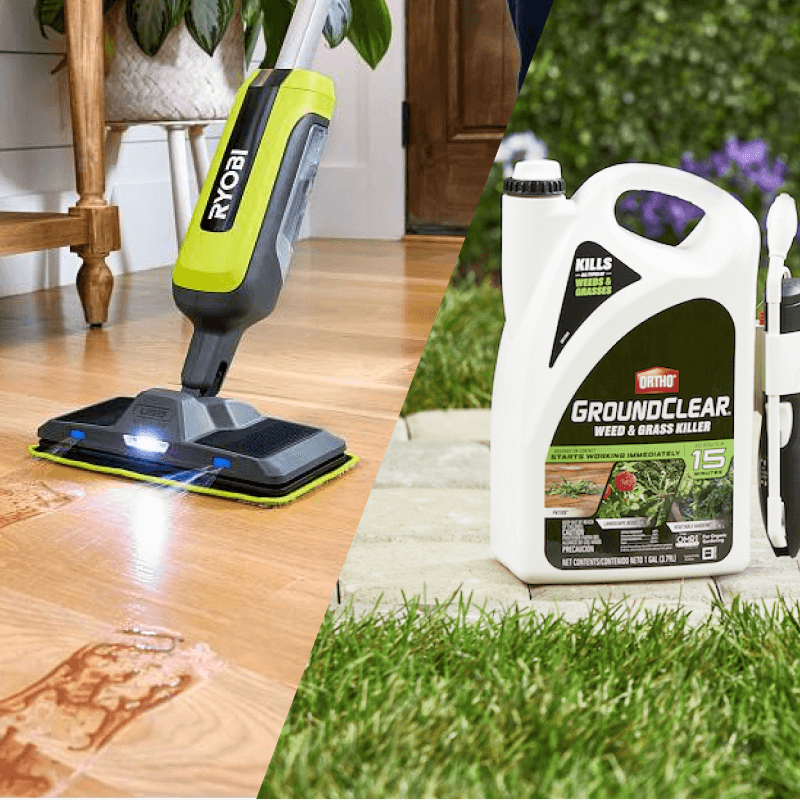Last year, there were 45 declared disasters that swept across the United States. From the South Napa Earthquake in California to Tropical Storm Iselle hitting Hawaii, the Federal Emergency Management Agency (FEMA) tracks these events around the country to provide aid and assist those affected.
The likelihood of a disaster is heavily dependent on the area in which you live, and the first step in fighting unpredictable events is preparation. To make sure you’re ready, make a plan to prepare for any natural or technological disasters during the month of September – National Preparedness Month.
One of the easiest and most important ways to prepare is with a proper emergency supplies kit. Gather the essentials now, so that you don’t spend precious time searching for items in the event of a disaster.
What basic items do you need in your kit? Take a look.

First Aid Kit, Scissors, Flashlights, Extra Batteries, Mask, Heavy-Duty Tape, Sanitation Items, Multi-Purpose Tool,Work Gloves and Rain Gear.
Other essentials for your kit include water, non-perishable food, emergency blanket and a battery-powered radio. It’s also important to have your family emergency contact and personal information on hand. For a comprehensive provisions list, check out the American Red Cross. It’s advised that your kit contains enough of the supplies to last for 72 hours.
As you compile your preparedness kit, learn more about this year’s National Preparedness Month’s hazard themes and how you can better prepare: floods, wildfires, hurricanes and power outages.
Floods
Floods are the most frequent and costly natural disaster, and it can take a lot of work from the community to repair the damages. Flash floods have the power to surprise unsuspecting residents, and in the past five years, every state has experienced a flood. Understand where your home is located in relation to bodies of water such as creeks, rivers or lakes and how extreme rain could impact the area.
Wildfires
Though considered a natural disaster, as much as 90% of wildfires are caused by humans. These fires often start small but quickly escalate. It’s important to understand what type of building materials and plants can help contain fires instead of fueling them. In addition to a preparedness kit, make a plan with your family to determine where to meet, should a fire make its way to the area.
Hurricanes
Hurricane season lasts for a large part of the year (June until November), and from Home Depot workshops to emergency supply kits, there are a lot of ways to prepare. Hurricanes are rather unpredictable from year to year—the 2014 Atlantic hurricane season produced only two major hurricanes, yet 2005’s Hurricane Katrina is considered the single most catastrophic natural disaster in U.S. history. Knowing what to do before, during and after a hurricane is the key to staying safe, should a hurricane arrive in your area.
Power Outages
Power outages can affect any and all types of communities. The Northeast Blackout in 2003, the biggest in U.S. history, left 50 million people without power. Having a generator and using battery-powered devices can help you survive a period where electricity isn’t accessible.






